Affiliate links on Android Authority may earn us a commission. Learn more.
We went behind the scenes with the OnePlus camera team. Here's what we learned.
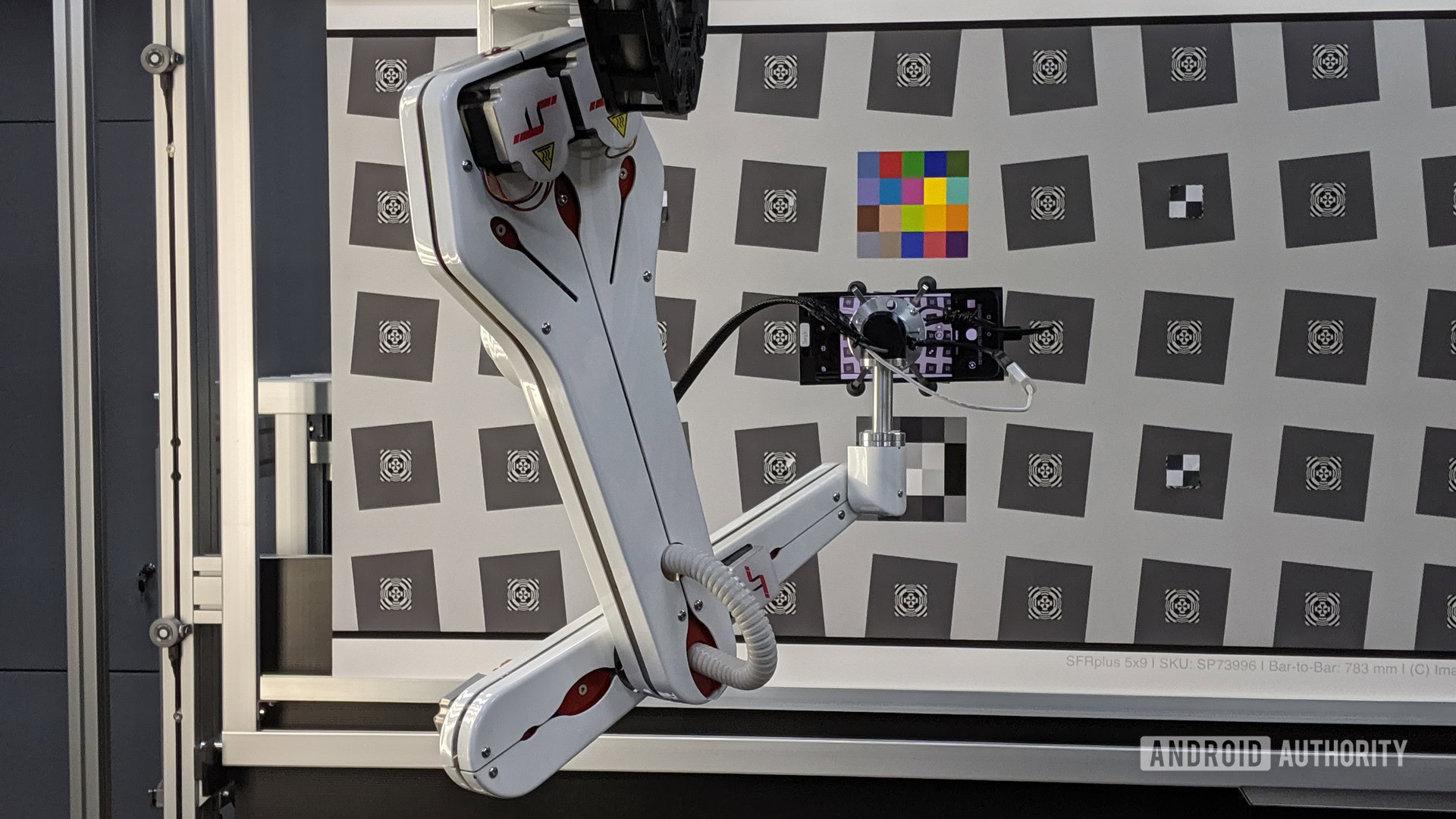
Note: OnePlus reached out to us after the article was published to clarify that the firmware sent to DxOMark for testing was, in fact, the same as the retail firmware out of the box. The story has been updated to reflect the same.
Amidst all the controversy around the “overhyped” and less-than-stellar cameras on the OnePlus 7 and OnePlus 7 Pro, the company invited Android Authority to take a behind the scenes look at what it’s been cooking up to improve imaging on its products. We spent a day with the team behind the imaging capabilities of the OnePlus 7 to get a better idea of what it takes to take the next step forward.
The background
Launched to much fanfare, it’s been about a month since the OnePlus 7 Pro hit the market. In our review, we called it a fantastic piece of kit with a keen focus on performance. However, the phone lacked in one key metric. Despite all the hype and the triple-camera setup, the phone just did not live up to flagship standards as far as imaging performance is concerned.
Fast forward to today and the phone has received a series of updates, including the latest 9.5.7 update that has improved imaging performance by leaps and bounds. But what went into making this drastic improvement? That is what we were here to find out.
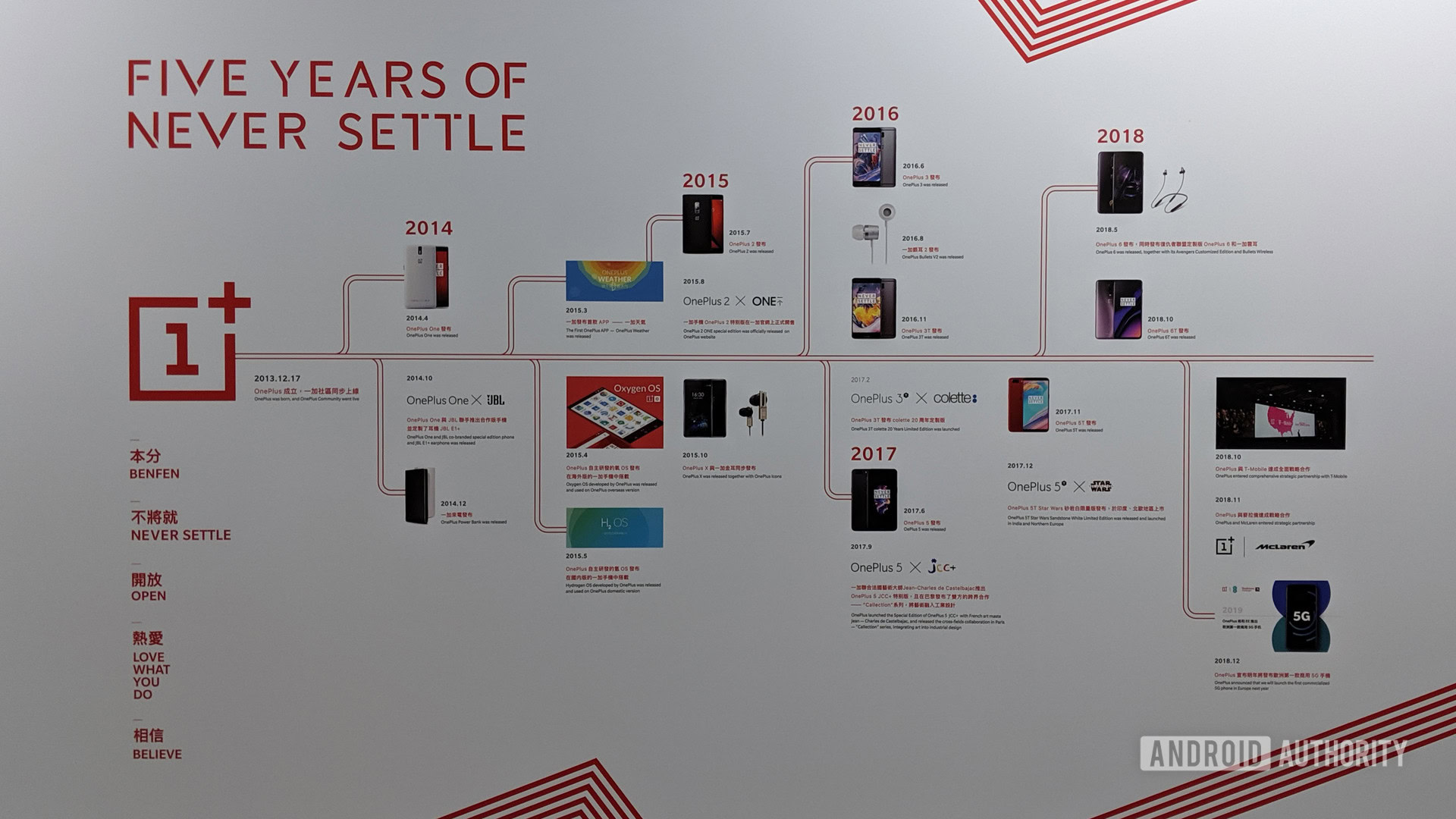
Like any modern startup, inspirational quotes and victories, big and small, dot the hallways of the OnePlus offices in Taiwan. We are told the company operates on the principle of benfen. A Chinese word roughly translating to duty and integrity, the idea is to do right, both to the customers and to the company. This idea percolates right down to the company’s approach towards community feedback. Over the course of our conversations, the OnePlus imaging team reinforced that all decisions regarding the direction to be taken are based on data gathered from the OnePlus community.
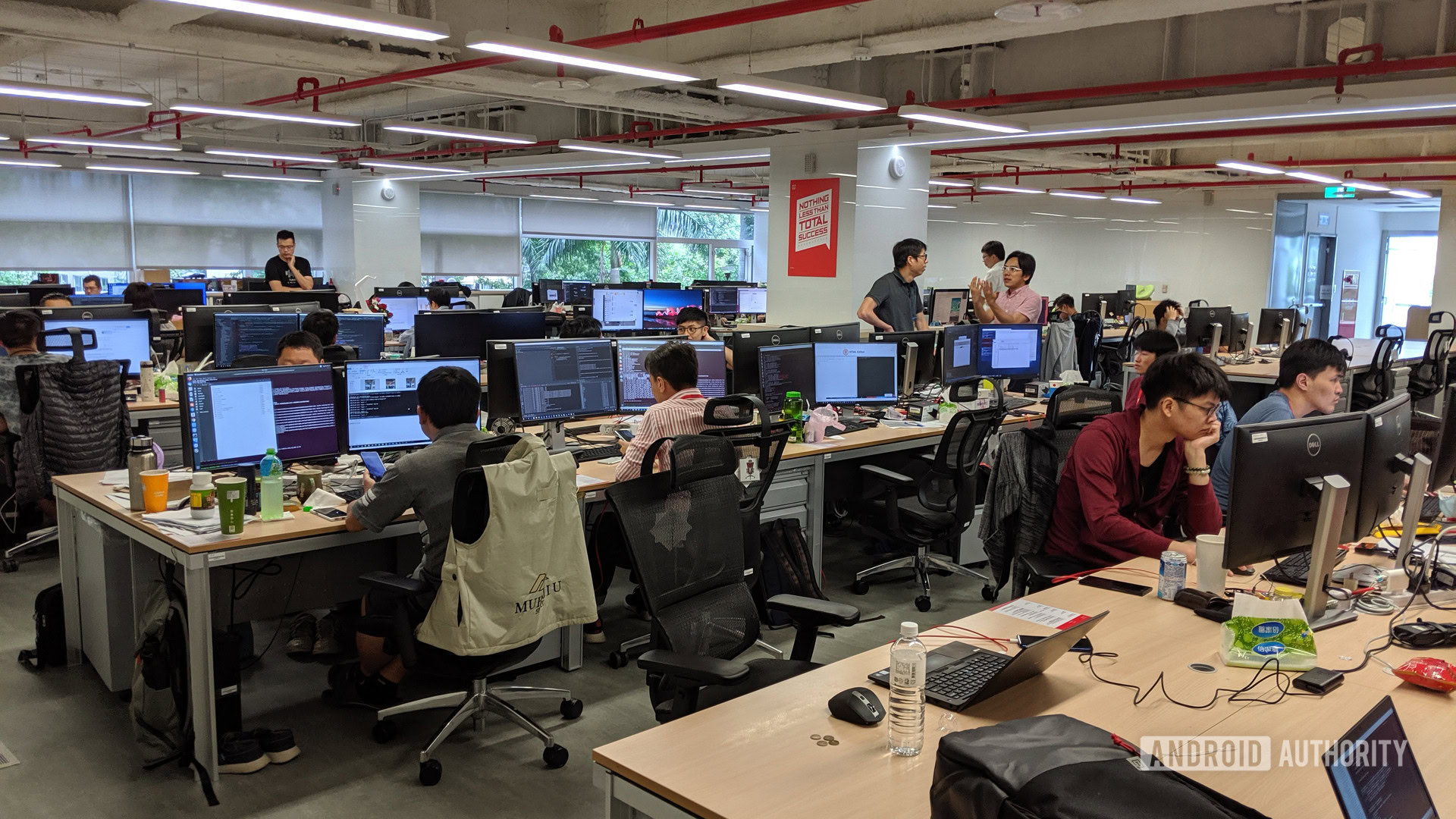
OnePlus set up its offices in Taiwan sometime in 2015 and true to their startup-like spirit, the camera team continues to be a fairly small outfit. OnePlus employs 67 employees to work on imaging and 33 of them are based out of this Taipei office. As such, it is a small team that greets us when we walk in through the doors.
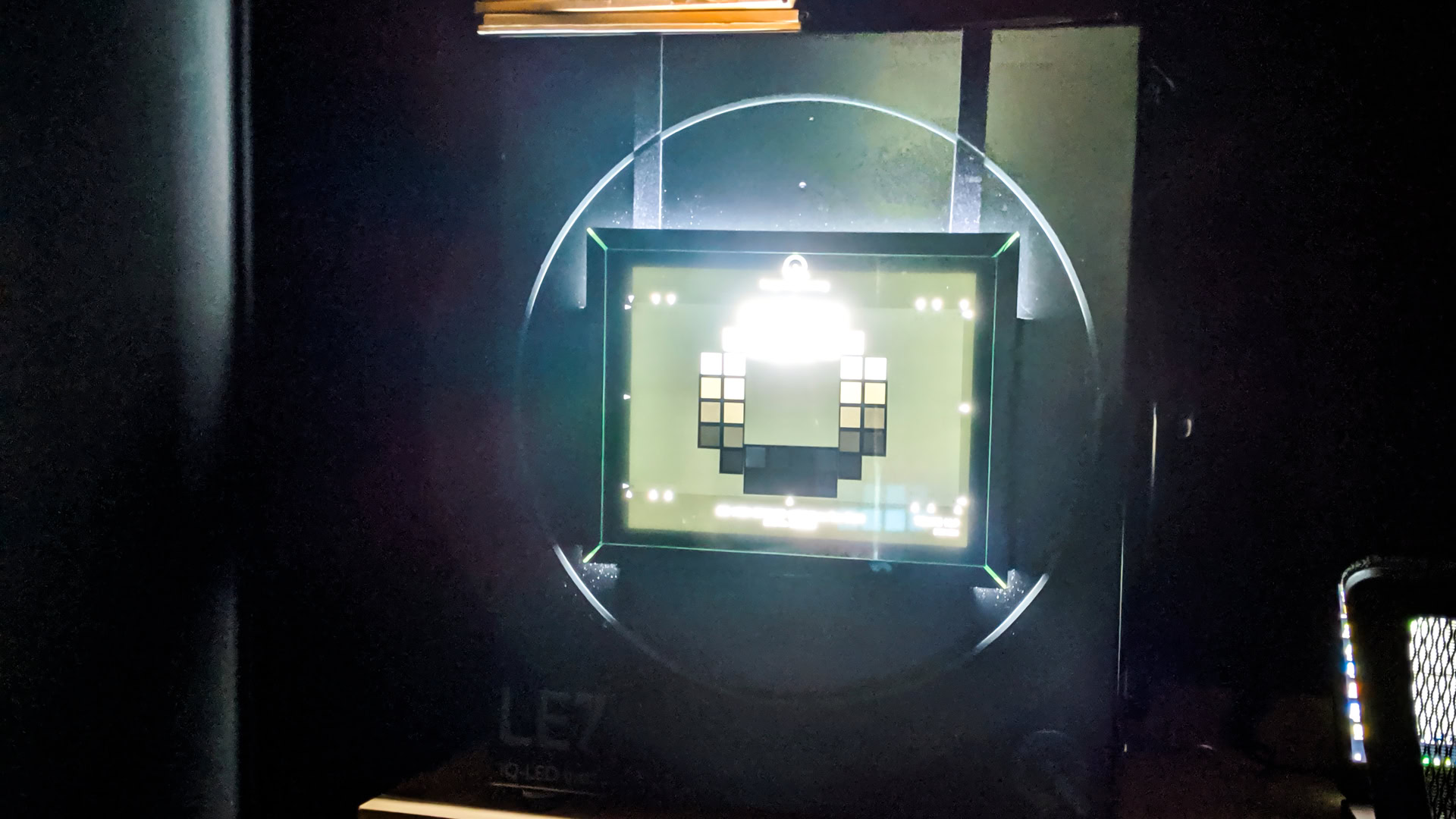
At OnePlus, engineering focus lies on three key parameters: exposure, color, and clarity. Our visit started with a look at some of the testing equipment that the company uses to test sharpness, white balance and several other parameters. The lab, as you would expect, has a range of charts to gauge accuracy. Images shot on prototype hardware are then analysed on a series of calibrated monitors to check for errors and aberrations. If we’ve learned anything from the Google Pixel, software and optimisation is what makes the biggest difference in imaging quality. That’s something OnePlus is finally doubling down on.
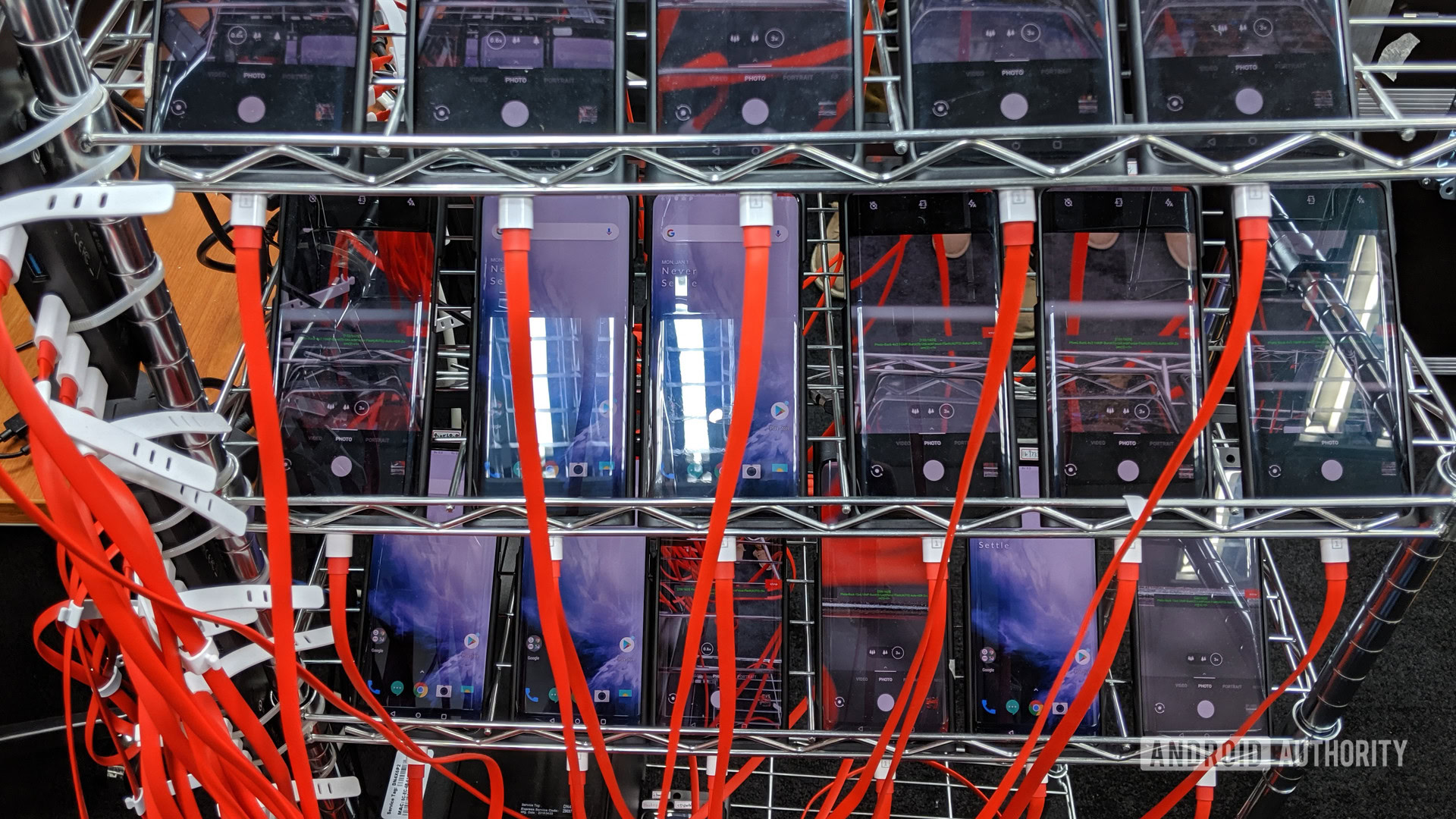
Talking about software, the company prides itself on speed and performance. A fast, stable and reliable camera app is just as important to the experience as pure image quality. A stack of phones hooked up to computers simulate the camera app being switched on and a photo being shot on a loop. The idea is to minimize errors as much as possible. However, the star of the show is the newly updated HDR camera lab.
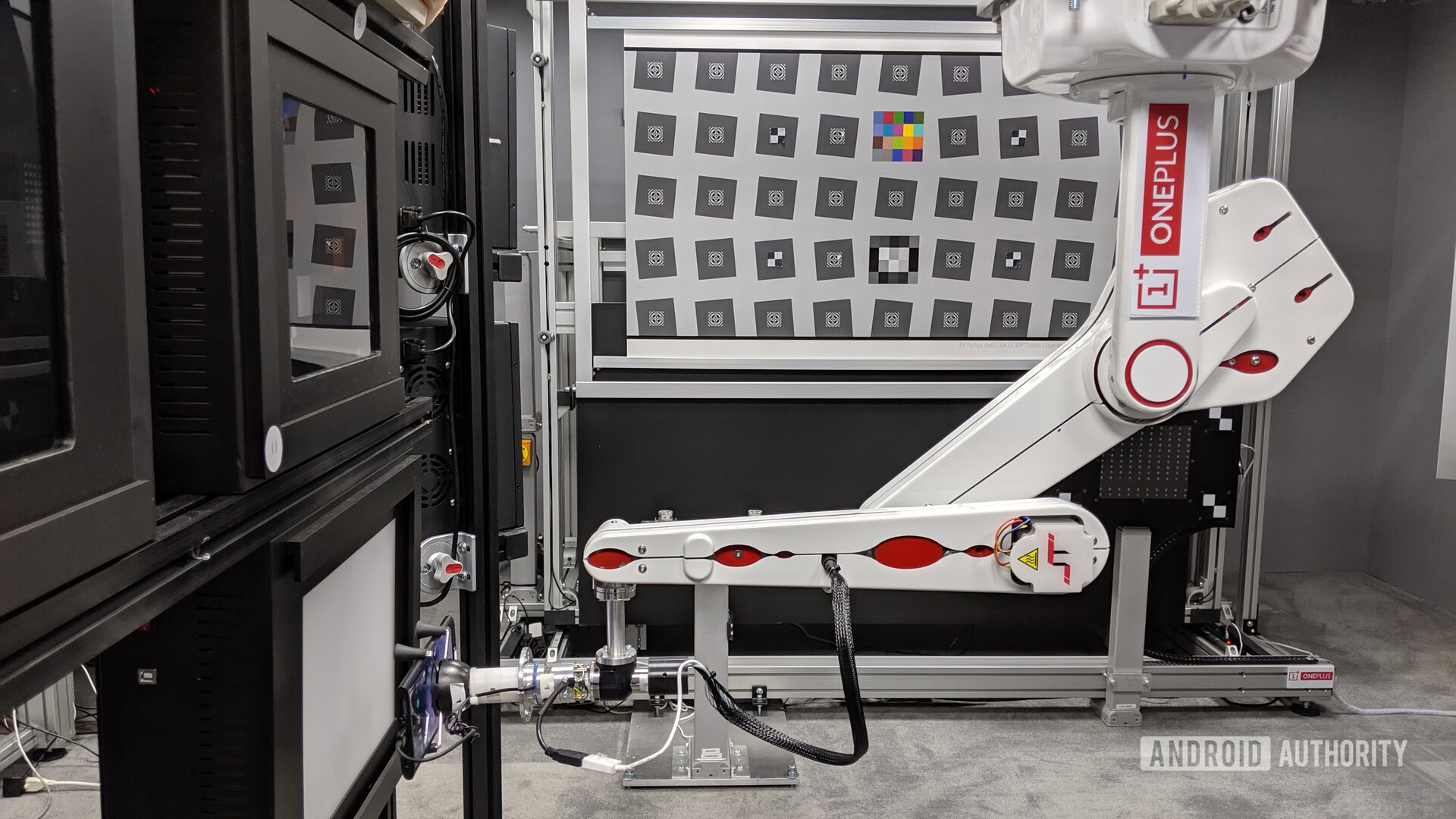
This is a state-of-the-art lab equipped with a robotic arm and a series of twenty charts and props to simulate hundreds of lighting situations within a matter of hours. The fully automated tests have been designed to remove the human error potential and to increase accuracy. All in all, between the charts and the multiple color temperatures, over a hundred luminosity conditions are simulated over a three-hour period with hundreds of image samples generated for analysis.
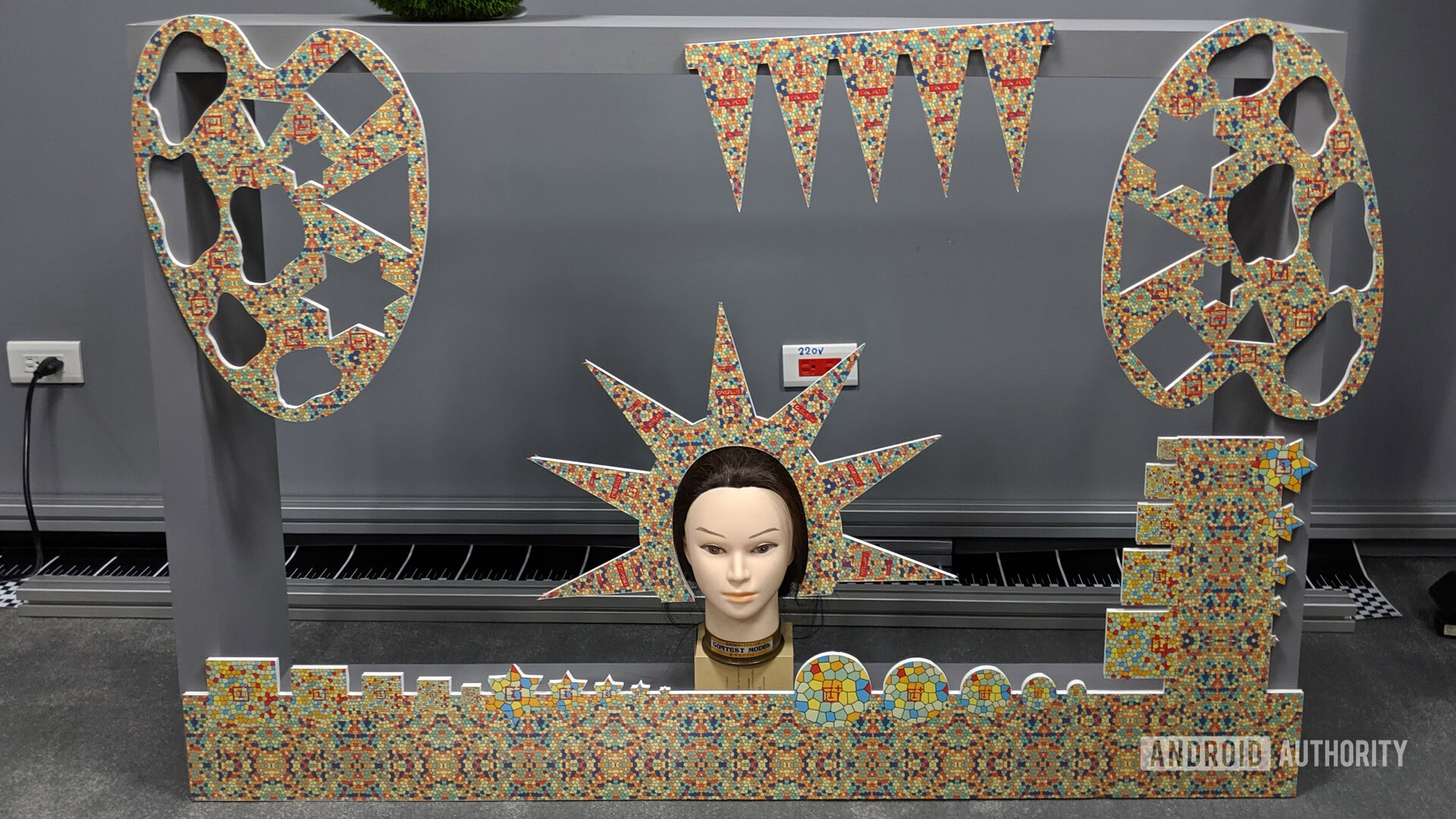
While the company relies on real world and human form data sets, the robot arm is also used to test out features like portrait mode using mannequin heads. The ability to adjust light and conditions in infinite ways makes it a lot easier to gauge sample data.

This lab, as it turns out, is at the crux of the controversial DxOMark score. In a gist, OnePlus made a big deal of the high DxOMark score awarded to the OnePlus 7 Pro. Unfortunately, the images from retail hardware didn’t quite match up to the high expectations set by the company.
In our conversations, the company revealed that all the learnings it gathered from the updated lab went into the making of the camera focussed 9.5.7 update. As it turns out, the overhauled camera-testing lab became operational just about two months back, which didn’t leave OnePlus enough time to run the entire gamut of tests. Over the last two months, the company took community feedback and data from the newly updated equipment to fine tune the cameras on the OnePlus 7 Pro.
Update: In our initial conversations with the engineers at OnePlus, it was mentioned that the firmware sent to DxOMark was different from the retail firmware. OnePlus reached out to us after publishing this article to clarify that it wasn’t the case. The retail firmware at launch was the same as the build sent to DxOMark for testing. The article has been updated to reflect the same.
Testing using charts is just one aspect of camera tuning. It can't replace the amount of data we can get from simulating a hundred different scenarios.Hsiaohua Cheng, Associate Head, Imagining Department
After the tour of the lab, we got a chance to have a chat with Simon Liu, Head of Imaging for OnePlus. Simon reiterated that community feedback is what dictates the direction OnePlus would be taking towards imaging. It’s the reason OnePlus has gravitated from a neutral look to a bit more punchy and oversaturated colors.
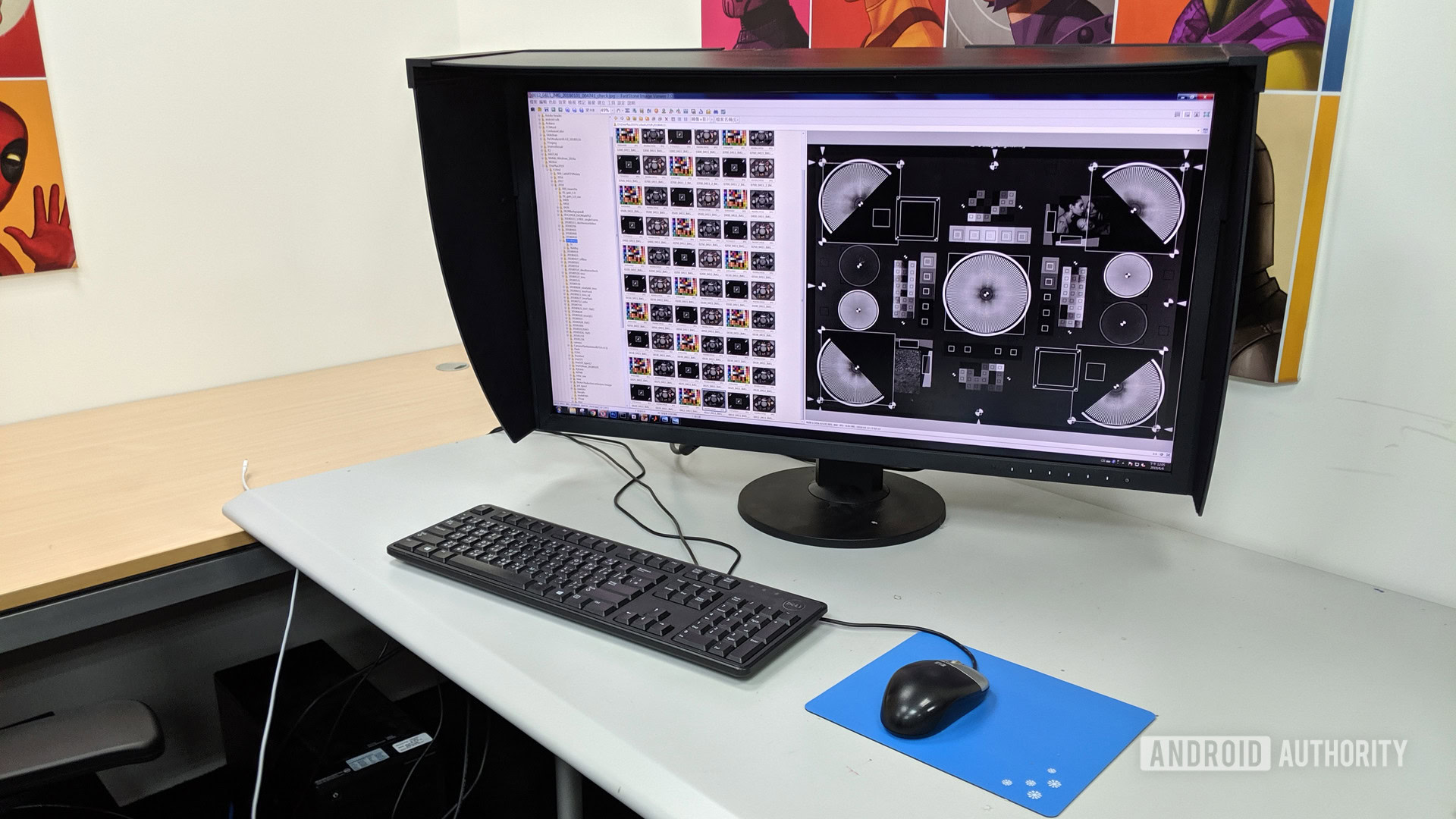
In our talk with Simon, it was clear the company was suffering from growing pains. Be it the lack of time and resources to getting the calibrated imaging-firmware out in time for launch, or the missing features from certain aspects of the camera software. To be fair, Liu reiterated they wanted to hit certain internal benchmarks before shipping features, but it’s surprising to see a five-year old company suffer from such basic issues.
“If you give us the actual final picture saying that you want it to be like this, we can give it to you, there’s no technical difficulty, but imaging is always a subjective thing. Every individual has their own preference. We need to support the majority of the audience here.” — Simon Liu, Head of Image Development, OnePlus.
There are other challenges that the company faces. A lot has been said about the “watercolor effect” – an overzealous noise reduction algorithm that nearly smoothens out low-level noise, but also destroys shadow detail. The company’s primary markets are China and India, both of which seem to have a liking for this form of noise-reduction, if OnePlus is to be believed. As the company tries to grow its market share in Europe and the North American market, it’ll have to look at tuning the camera hardware to suit local preferences.
Simon Liu believes that the next big challenge in smartphone imaging is a completely customisable state of tune. While there are multiple routes towards hardware, be it a single camera approach or multiple focal lengths, software is the biggest factor. He imagines a future where a simple pop-up dialog box would let users “upvote” or “downvote” the image profile to create a uniquely custom tuning for themselves. That future, however, is still very far off.
You can take a look at full resolution samples shot with the latest firmware update on the OnePlus 7 Pro by clicking on the link.
While it’s easy to rattle off the list of equipment and charts that OnePlus uses to tune their smartphone cameras, the bigger story here is the behind-the-scenes work on software optimisation. Taking cues from community forums and feedback, OnePlus is shaping the imaging signature of its phones with every update. If the results from the latest update are anything to go by, the newly added lab should help expedite that task and give OnePlus a big leg up the competition.